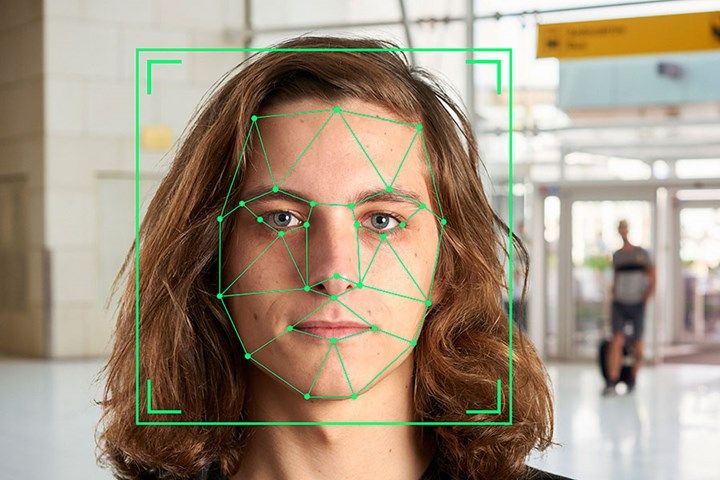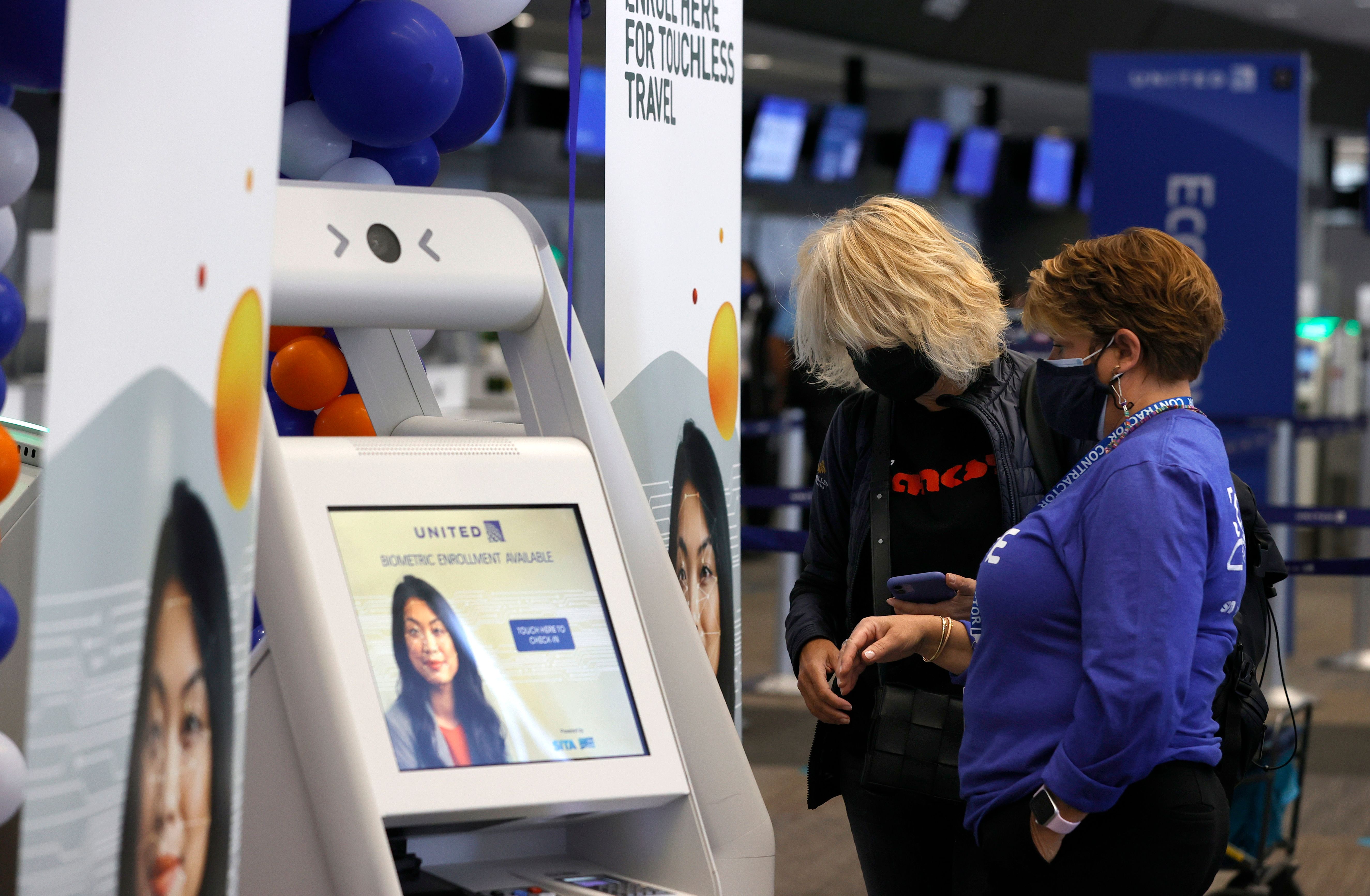Miami International Airport Plans Huge Biometric Push
Miami International Airport
- IATA/ICAO Code
- MIA/KMIA
- Country
- United States
- CEO
- Ralph Cutié
- Passenger Count
- 37,302,456 (2021)
- Runways
-
8L/26R – 2,621m (8,600ft) |
8R/26L – 3,202m (10,505ft) |
9/27 – 3,967m (13,015ft) |
12/30 – 2,853m (9,360ft) - Terminals
-
North Terminal |
Central Terminal |
South Terminal
Miami International Airport is set to become the largest airport in the US to implement biometric technology when it rolls out next year. The airport has partnered with technology company SITA and plans to feature face biometric boarding at all its gates.
Biometric push
Miami International Airport (MIA) joins the list of a growing number of airports around the world to implement the use of technology to fast track operations to save time and resources. In partnership with SITA, MIA will use the tech company’s Smart Path solution, which uses cameras to scan passengers’ faces at the departure gate to verify their identity and authorization to travel, eliminating the need to show boarding passes or passports to gate agents.
By the time it is implemented in 2023, the airport will be the largest in the US to use this feature, at more than 130 of its departure gates. MIA and US Customs and Border Protection (CBP) first tested biometric boarding in 2019 during a pilot program with select airlines, significantly improving boarding times. Ralph Cutié, MIA Director and CEO, commented,
“We look forward to elevating our passenger experience with this state-of-the-art boarding solution. MIA is now the busiest U.S. airport for international travel and continues to set new records each month for passenger growth. Biometric boarding is one of the major steps we are taking to pave the way for additional growth in the years to come.”
However, Miami isn’t the first airport in the US to use this tech. That recognition goes to Orlando International Airport, which became the first in the country to use SITA’s biometric boarding system for all outbound international travelers. Outside the US, it is used at several other airports, including Athens International Airport, Rome Fiumicino Airport, Beijing Capital International Airport, and Istanbul Airport, among others.
Miami International Airport (MIA) joins the list of growing number of airports around the world to implement the use of technology to fast track operations. Photo: SITA
Busiest international airport in the US
In 2021, MIA became the busiest US gateway for international passengers and maintained its position as the busiest for international freight. According to Airports Council International (ACI), Miami welcomed more than 13 million international passengers in 2021, jumping from 2nd place in 2020 to the top ranking in the US.
It also remained the busiest airport in the US and the ninth busiest globally for international cargo handled, at more than two million metric tons. A push for biometric use is likely to make airport operations efficient, given that passenger traffic is set to increase in a post-pandemic world.
Airports around the world are increasingly relying on biometric technology. Photo: Getty Images
Growing use of tech
The use of technology has been steadily growing across airports around the world. Star Alliance has added biometric scheme to some airports such as Frankfurt (FRA), Munich (MUC), Vienna (VIE), and Hamburg (HAM).
Its CEO, Jeffrey Goh, confirmed to Simple Flying that there has been a spike in registrations for the alliance’s biometrics scheme as demand for travel continues to grow. There are now 60,000-70,000 frequent flyers registered for the scheme.
The Parliamentary Standing Committee on Transport, Tourism, and Culture in India also recommended the use of biometrics, given the increasing crowds at the country’s airports. To get a better sense of what the future of this tech looks like, Simple Flying published a detailed report earlier this year about how airline biometric boarding deployment will rise by over 60% by 2024.
What are your views on this? Please share in the comment section below.
Read Next

-1.jpg)




